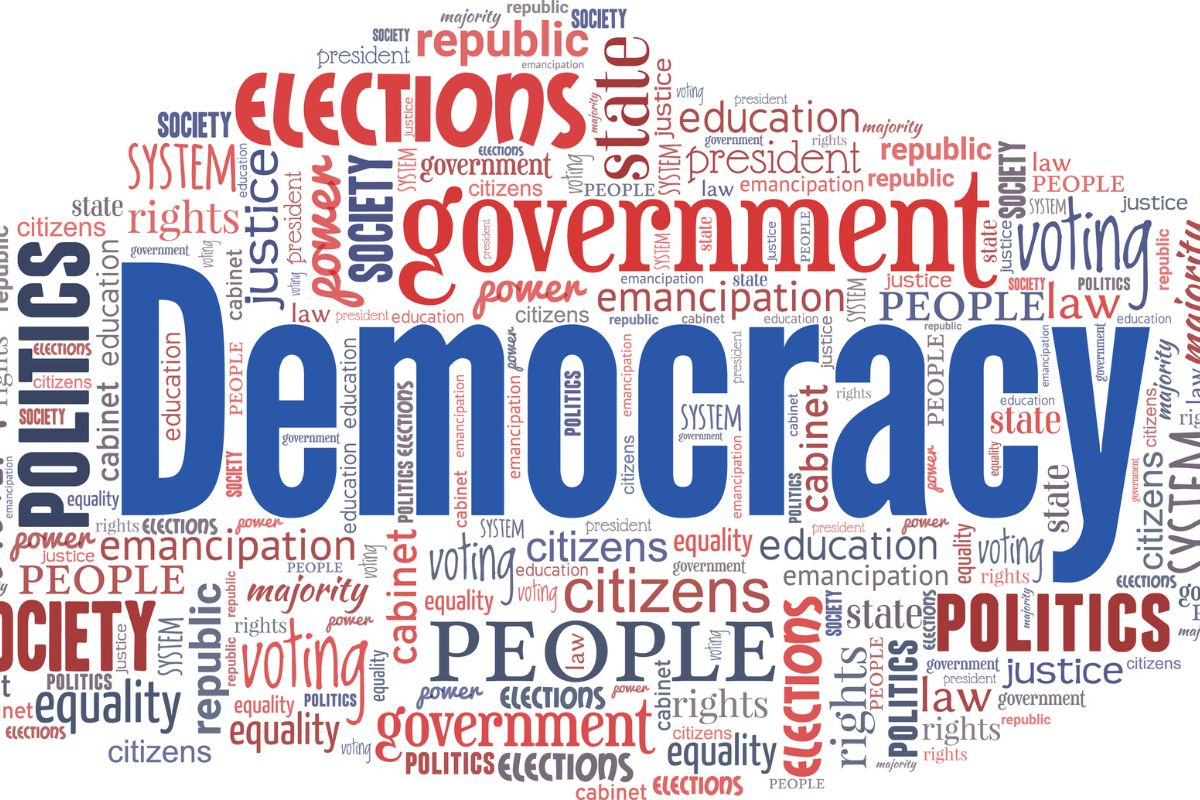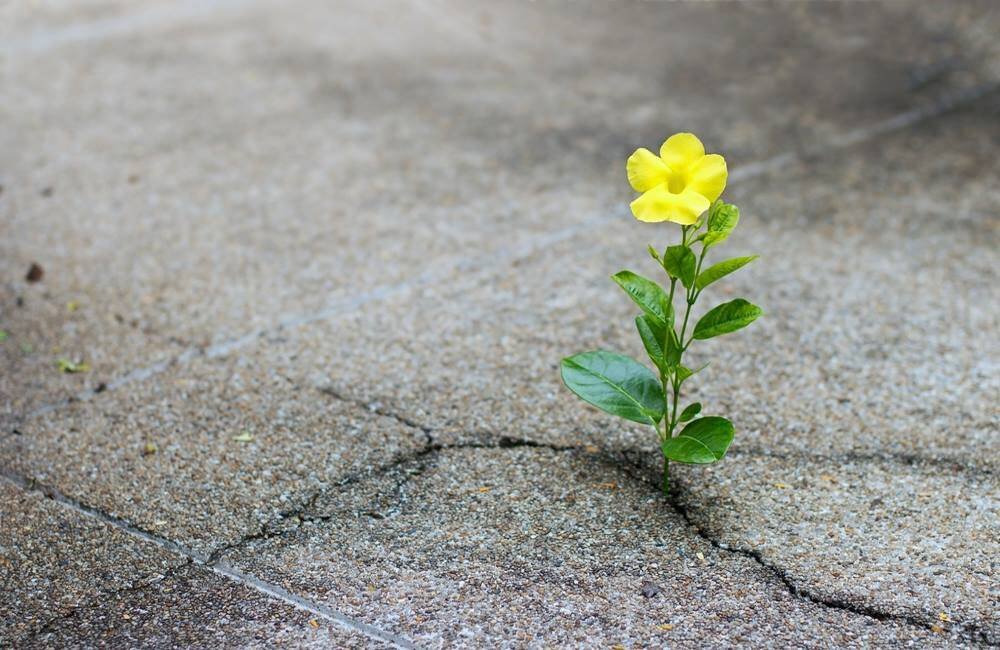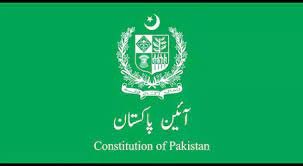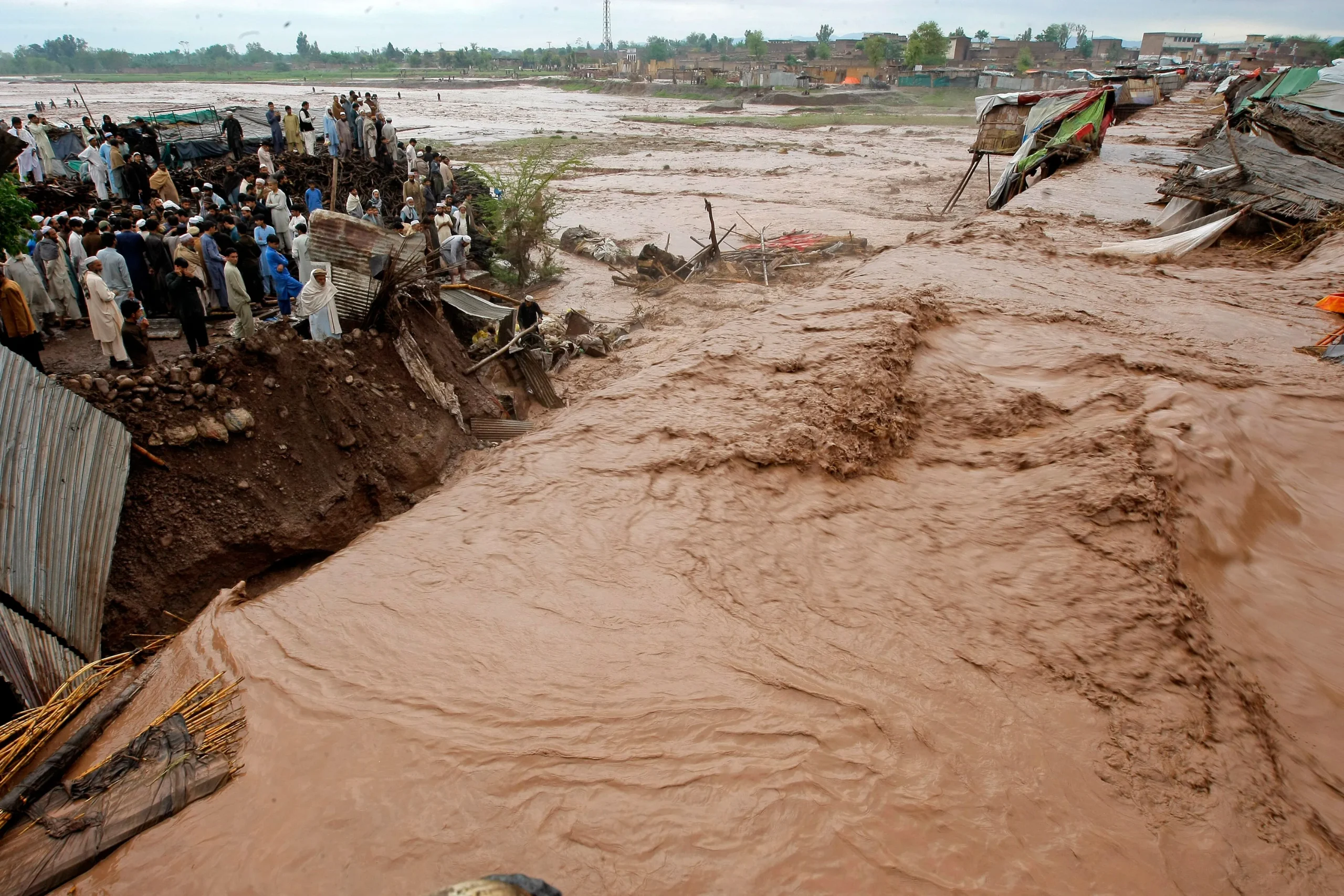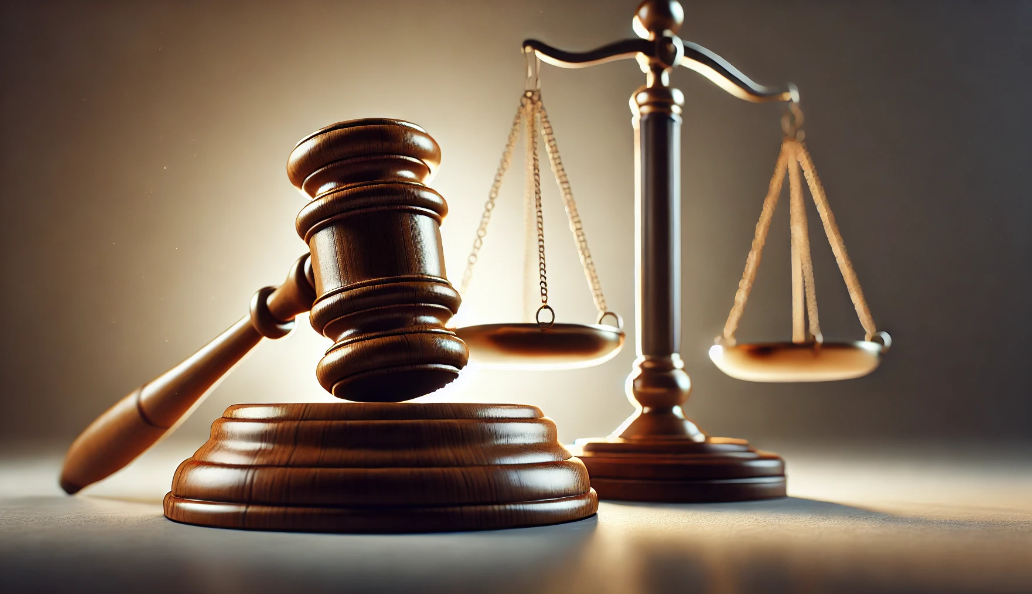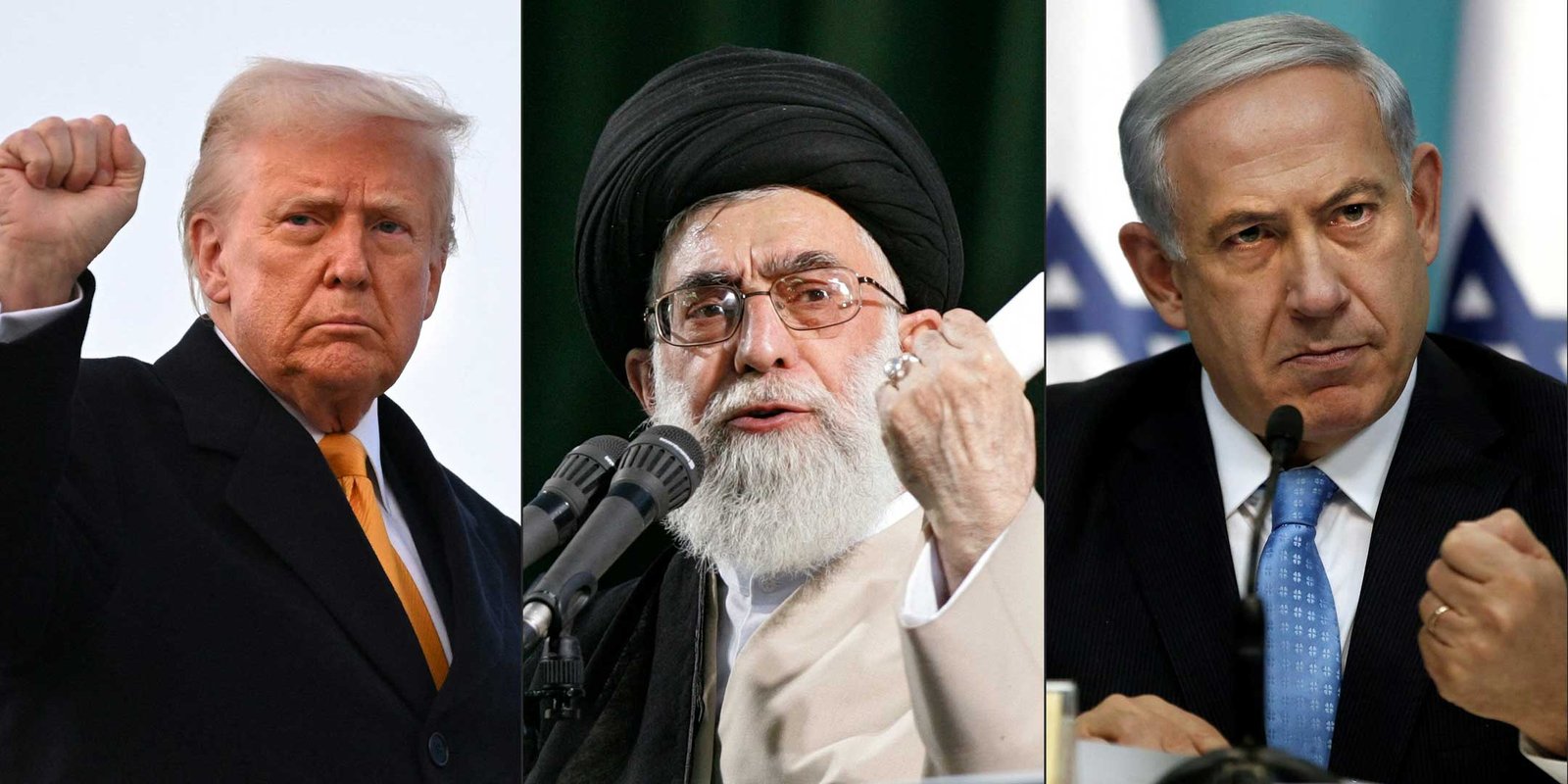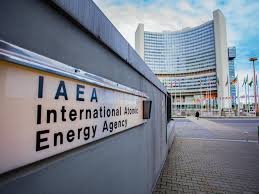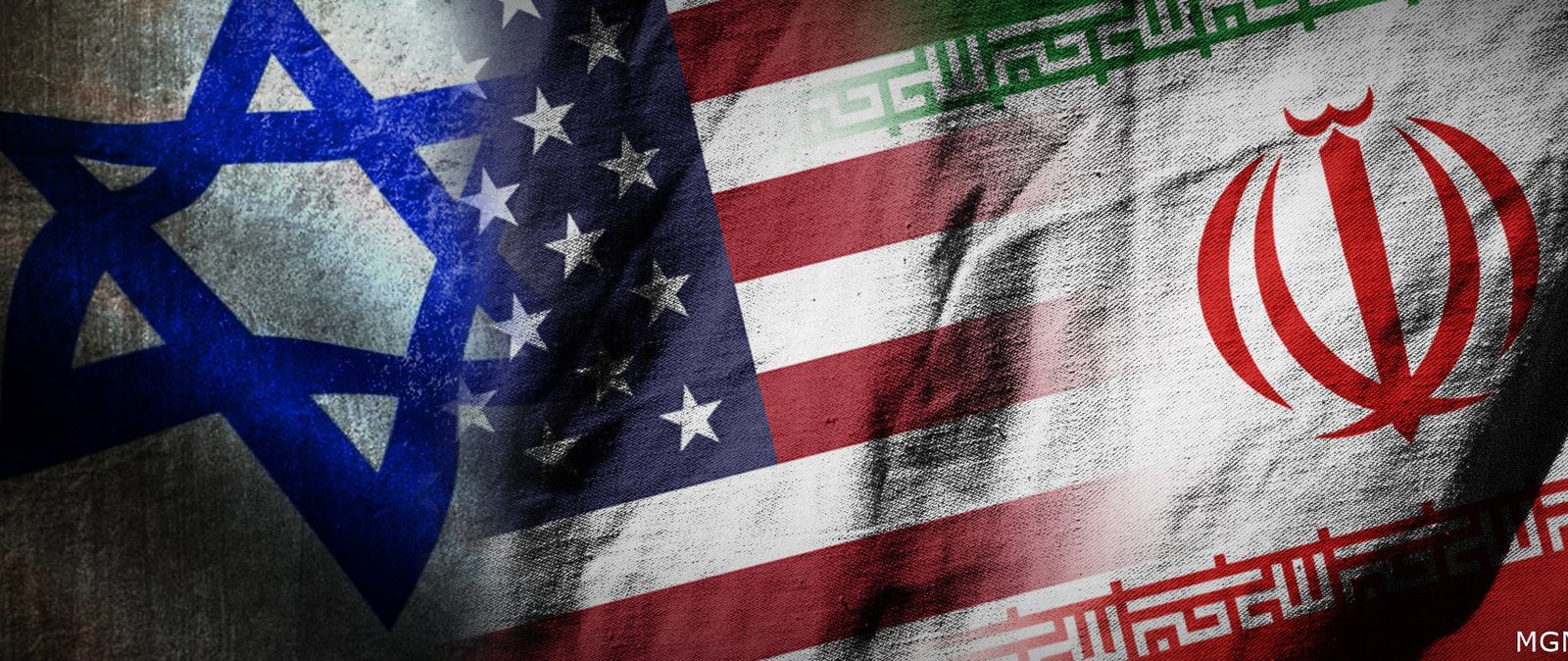Editorial
Gender equality is a fundamental human right and has enormous socio-economic ramifications. It leads to women’s empowerment, fuels thriving economies, spurring productivity and developmental growth. Nevertheless, gender inequalities remain deeply entrenched in every society. Women lack access to decent work and face occupational segregation and gender discriminatory gaps. Societies even deny them access to primary education and health care. They suffer violence and discrimination in all parts of the world. The socio-economic growth of women requires priority. They are also under-represented in political and economic decision-making processes.
Investing in women’s economic empowerment sets a direct path towards gender equality, poverty eradication and inclusive economic growth. After covering the abovementioned fundamentals of empowerment, women make enormous contributions to economies, whether in businesses, on farms, as entrepreneurs or employees, or by doing unpaid care work at home. However, they also remain disproportionately affected by poverty, discrimination and exploitation. Gender discrimination means women often end up in insecure, low-wage jobs and constitute a small minority of those in senior positions. It curtails access to economic assets such as land and loans. It limits participation in shaping economic and social policies. Moreover, because women perform the bulk of household work, they often have little time to pursue economic opportunities.
One in three women experiences physical or sexual violence in the world. It happens primarily with an intimate partner. Violence against women and girls is a human rights violation, and the immediate and long-term physical, sexual, and mental consequences for women and girls can be devastating, including death. Violence negatively affects women’s general well-being and prevents women from fully participating in society. It impacts their families, their community, and the country at large. It has tremendous costs, from more significant strains on health care to legal expenses and losses in productivity.
At least 155 countries, including Pakistan, have passed laws on domestic violence, and 140 have legislation on sexual harassment in the workplace (World Bank 2020). However, challenges remain in enforcing these laws, limiting women and girls’ access to safety and justice. Not enough is done to prevent violence, and when it does occur, it often goes unpunished.
Women’s leadership and political participation are restricted from the local to the global level. Women are underrepresented as voters and in leading positions, whether in elected office, the civil service, the private sector or academia. It occurs despite their proven abilities as leaders and agents of change and their right to participate equally in democratic governance. Women face several obstacles to participating in political life. Structural barriers through discriminatory laws and institutions still limit women’s options to run for office. Capacity gaps mean women are less likely than men to have the education, contacts and resources needed to become influential leaders.
As the 2011 UN General Assembly resolution on women’s political participation notes, “Women in every part of the world continue to be largely marginalized from the political sphere, often as a result of discriminatory laws, practices, attitudes and gender stereotypes, low levels of education, lack of access to health care and the disproportionate effect of poverty on women.” Individual women have overcome these obstacles with great acclaim, and often to the benefit of society at large. Nevertheless, the playing field needs to be levelled for women, opening opportunities for all.
Women are thriving in Pakistan despite multifarious challenges. Pakistan Vision 2025 has embedded five components of women’s empowerment into its objectives. It includes activities that promote women’s self-worth, the right to determine their choices, access to opportunities and resources, the right and power to control their lives – both within and outside the home – and the ability to influence social change. However, these remain outside of the grasp of many women in Pakistan. Nevertheless, women of the urban and middle class are showcasing their talent in almost all fields. They are strongly present in medicine, engineering, civil services, art, and other professions. Then, the women belonging to the marginalized segments of society are finding it hard to cope with development and growth challenges. It is not because they are primarily women but because they belong to a deprived section of society, making it even harder for them to sustain and develop their growth. Gaps in empowerment are visible at the earliest stages of a girl’s life. At every step, girls, adolescents and women face challenges and obstacles in making their own choices and determining their path in the lives they wish to live.
Women empowerment is an international obligation now. Regional and international organizations are making it compulsory for the signatories of the covenants to ensure the growth and development of women in almost all walks of life. The Convention on the Elimination of Discrimination against Women upholds women’s right to participate in public life. At the same time, the Beijing Platform for Action calls for removing barriers to equal participation. The Millennium Development Goals measure progress towards gender equality in part by the proportion of women in parliamentary seats.
Towards these ends, there is a need to train women political candidates to help build their capacities and offer voter and civic education and sensitization campaigns on gender equality. Now, international and local organizations back gender equality, advocate in calling on political parties, governments and others to do their part in empowering women. Many other initiatives encourage young men and women to advocate for making gender equality measures central to public policymaking.
Legislative and constitutional reforms are essential to ensure women’s fair access to political spheres—as voters, candidates, elected officials and civil service members. With effective legislation, Pakistan has safeguarded women’s political, economic and social interests. There is a constitutionally protected representation of women in all institutions and organizations of public importance. Hence, women are legislators, judges, civil servants, professionals and leading entrepreneurs. However, elite women have far more representation than middle-class women.
Women’s empowerment suffers from class distinctions. Women in the elite enjoy the leading roles, whereas women in the middle class spearhead the professions. Then, women from the lowest strata lag in almost all aspects of individual and collective life.
The state and society can ensure women’s leadership roles with legislation, policy formulation and sectoral planning for women’s development. Women’s development and leadership include transforming the government into an organization that actively practices and promotes gender equality and women empowerment. It ensures the implementation of administrative and institutional reforms and departmental restructuring to promote gender equality. Then, mainstreaming the gender equality perspective across public policies, laws, programs, and projects by departments, organizations and agencies of the government with a focus on women’s empowerment is critical. The development process requires
promotion, coordination and monitoring of execution of national and provincial policies and commitments on gender reforms and women’s development alongside the provision of technical support and expertise for gender mainstreaming in all departments of the government, agencies and organizations.
The objectives include expanding investment in women’s socio-political and economic development to achieve the goal of gender equity, development and leadership. It requires the processes of collecting quantitative and qualitative data and conducting research on women’s status to highlight issues at the appropriate forums to ensure critical implementation. It also includes building partnerships with line departments and non-governmental and civil society organizations to deliver on the rights and entitlement of women.
Women’s leadership is achievable through the pursuance of means and measures to increase the participation of women in the political process and the encouragement of adequate representation of women in political and administrative spheres. Last but not least, the implementation requires collaboration with legal, judicial, law enforcement, and other relevant governmental and non-government agencies to facilitate women’s access to formal legal and justice systems, leading to ensure women’s development and growth.
Women are leaders now! we must accept it and feel proud of it.






